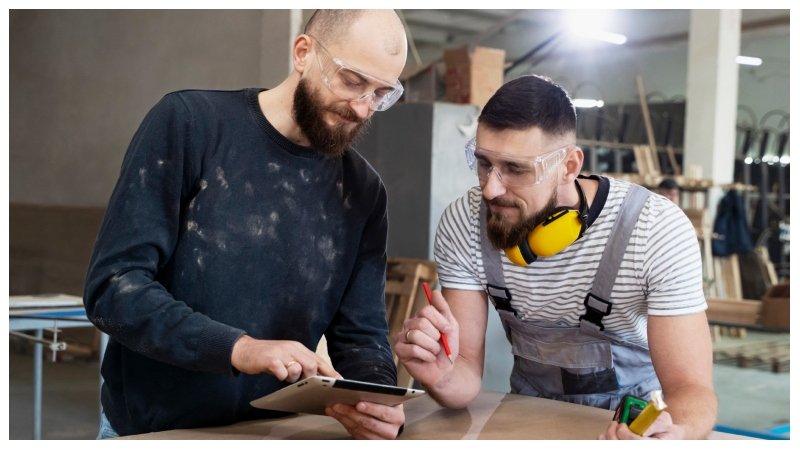In the fascinating world of manufacturing, molding plays a crucial role that often goes unnoticed. As you delve into the intricate processes that bring products to life, understanding molding becomes essential.
This article explains the role that molding plays in manufacturing.
What Is Molding?
Molding is a manufacturing process that involves shaping a raw material into a desired form, typically using a rigid frame or mold. This process is fundamental in creating a wide range of products, from intricate parts in electronics to robust components in machinery. The essence of molding lies in its ability to produce consistent, high-quality parts with a high degree of precision, which is crucial in mass production. The process generally involves heating a material until it becomes pliable and then pressing it into a mold. Once the material cools and hardens, it takes on the shape of the mold. Materials commonly used include plastics, metals, and ceramics, each chosen based on the specific requirements of the product being manufactured.
What Are the Types of Molding Processes?
There are several types of molding processes, each tailored to suit specific materials and product requirements. Understanding these processes is key to appreciating the versatility of molding in manufacturing. Injection molding, for instance, is one of the most common techniques, particularly in the production of plastic parts. This process involves injecting molten material into a mold cavity, where it cools and solidifies into the final product. It is ideal for producing large quantities of a single item with high precision.
Blow molding, another popular method, is primarily used for creating hollow objects like bottles and containers. This process involves inflating a tube of heated plastic, known as a parison, inside a mold. As air pressure fills the parison, it expands to conform to the mold’s shape, resulting in lightweight, uniform products. Blow molding is especially valuable in the packaging industry due to its ability to produce consistent and durable containers.
Compression molding, while less common than injection or blow molding, is essential for producing robust parts from thermosetting resins. In this process, the material is placed into a heated mold, which is then closed and pressurized to shape the material. As the mold cools, the material hardens into its final form. This method is particularly effective for creating large, intricate parts that require high strength and durability.
What Is the Importance of Molding in Product Development?
Molding is essential in product development, enabling engineers and designers to produce parts that are compression molded and create intricate geometries with precise details. In the early phases of product development, molding enables prototype creation. These prototypes undergo testing and improvement before full-scale production begins. This capability is essential for validating that the end product delivers expected performance and meets quality requirements.
Moreover, molding facilitates material efficiency and cost-effectiveness in product development. By using precise molds, manufacturers can minimize waste and optimize the use of raw materials. This can lead to significant cost savings. This efficiency is particularly beneficial in industries where material costs are high, such as automotive and aerospace.
What Are the Advantages of Molding in Manufacturing?
Molding offers numerous advantages in manufacturing, making it a preferred choice for a wide range of industries. One of the primary benefits is its ability to produce high volumes of uniform products quickly and efficiently. This capability is essential in industries requiring mass production, such as consumer electronics and automotive manufacturing. The precision and repeatability of molding processes ensure consistent quality, reducing the likelihood of defects and rework.
Another significant advantage of molding is its versatility in material selection. Whether working with plastics, metals, or ceramics, molding processes can accommodate a variety of materials, each with its unique properties and benefits. This flexibility allows manufacturers to choose the best material for a given application, optimizing performance and durability. Additionally, advancements in molding technologies have expanded the range of materials that can be used, including biodegradable and recycled options, supporting sustainability goals.
Conclusion
In conclusion, molding is a fundamental process in manufacturing that offers unmatched precision, efficiency, and versatility. From the creation of everyday objects to the development of complex industrial components, molding plays a crucial role.

